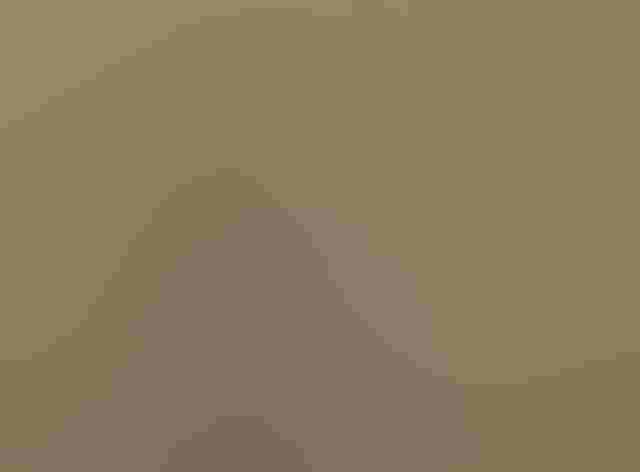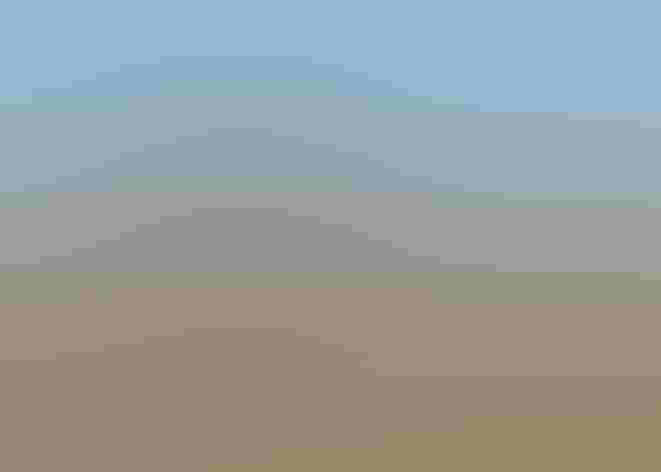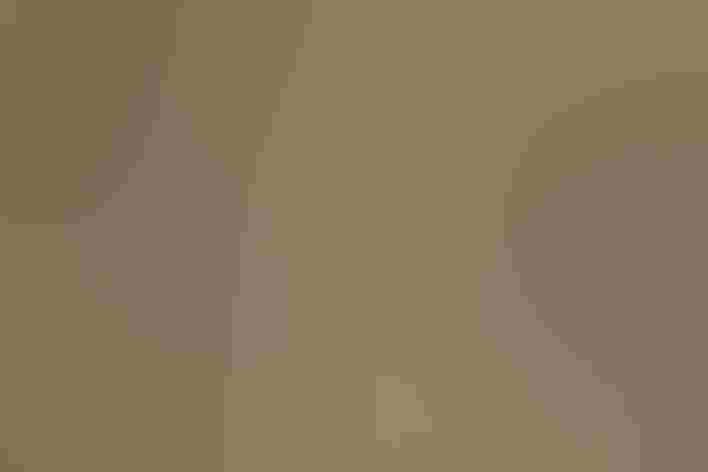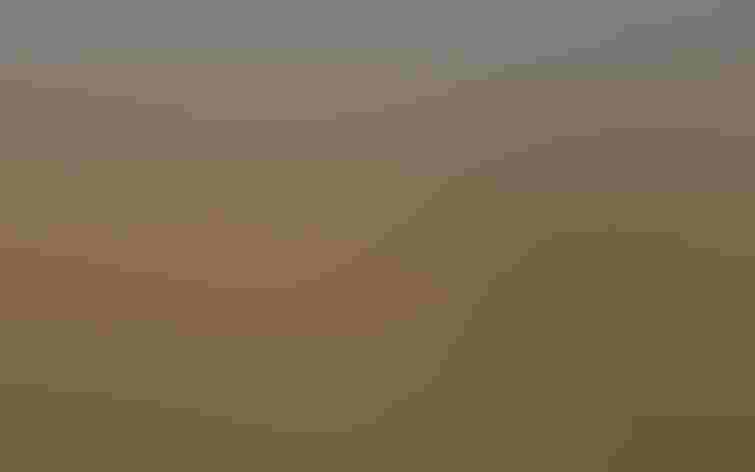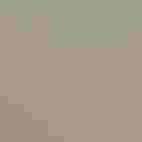Mountain Plover
At a Glance
Poorly named, this pallid plover is a bird of flat open plains, not mountains. Of all of our 'shorebirds,' this is the one most disconnected from the shore, generally living miles from water in the dry country of the west. The short-grass prairie where it once thrived has been largely converted to farmland, but the Mountain Plover has found new habitat in grassland overgrazed by cattle.
All bird guide text and rangemaps adapted from Lives of North American Birds by Kenn Kaufman© 1996, used by permission of Houghton Mifflin Harcourt Publishing Company. All rights reserved.
Category
Plovers, Sandpiper-like Birds
IUCN Status
Near Threatened
Habitat
Fields, Meadows, and Grasslands, Shrublands, Savannas, and Thickets
Region
California, Plains, Rocky Mountains, Southwest, Texas
Behavior
Direct Flight, Rapid Wingbeats, Running
Population
20.000
Range & Identification
Migration & Range Maps
Most apparently migrate southwest from breeding grounds; some go straight south to Texas, northern Mexico. Very rarely strays to eastern United States, mostly in fall and winter.
Description
8-9 1/2" (20-24 cm). Pale and plain. Black head marks in summer, but no dark chest bands. Habitat is often best field mark. Smoother gray above, whiter below, paler legs than Golden or Black-bellied Plovers.
Size
About the size of a Robin
Color
Black, Brown, Tan, White
Wing Shape
Narrow, Pointed, Tapered
Tail Shape
Short
Songs and Calls
A harsh single note, krrrp.
Call Pattern
Falling, Flat, Rising
Call Type
Chirp/Chip, Trill, Whistle
Habitat
Semi-arid plains, grasslands, plateaus. Favors areas of very short grass, even bare soil. Typically far from water. Nests mostly in short-grass prairie, including overgrazed pasture and very arid plains. In some areas, nests mainly on the rather barren open ground found in large prairie-dog towns. Winter habitats include desert flats, plowed fields.
Sign up for Audubon's newsletter to learn more about birds like the Mountain Plover
Behavior
Eggs
3, sometimes 2, rarely 1-4. Olive-buff with many black marks. Incubation is by one or both sexes, 28-31 days. On very hot days, adult will stand over eggs, shading them from intense sun.
Young
Downy young leave nest soon after hatching; are tended by one or both parents, but feed themselves. Adults shade young on hot days, and family may seek out any available shade at mid-day. Young can fly well at about 33-34 days.
Feeding Behavior
Typically they run a few steps and then pause, then run again, pecking at the ground whenever they spot something edible.
Diet
Mostly insects. Diet is not well known; but in the dry upland habitats where this plover lives, it probably feeds almost entirely on insects, including grasshoppers, beetles, flies, and crickets.
Nesting
In breeding season, male may display by flying high over territory with exaggerated slow wingbeats, calling. Female may lay one clutch of eggs and leave male to care for eggs and young, then lay another clutch and incubate it herself. Nest site is on flat open ground (flat sites chosen even in hilly country). On featureless plain, nest is often placed close to some conspicuous object, such as a pile of cow manure. Nest is shallow scrape in soil. Nest lining (including pebbles, grass, rootlets, chips of cow manure) added mostly during incubation. Several nest scrapes are made, only one is used.
Conservation
Conservation Status
Has disappeared from much of former breeding range as former short-grass prairie is converted to farmland. In some areas, decline may be linked to decline in prairie-dogs (whose colonies formerly furnished good nesting habitat).
Climate Threats Facing the Mountain Plover
Choose a temperature scenario below to see which threats will affect this species as warming increases. The same climate change-driven threats that put birds at risk will affect other wildlife and people, too.

